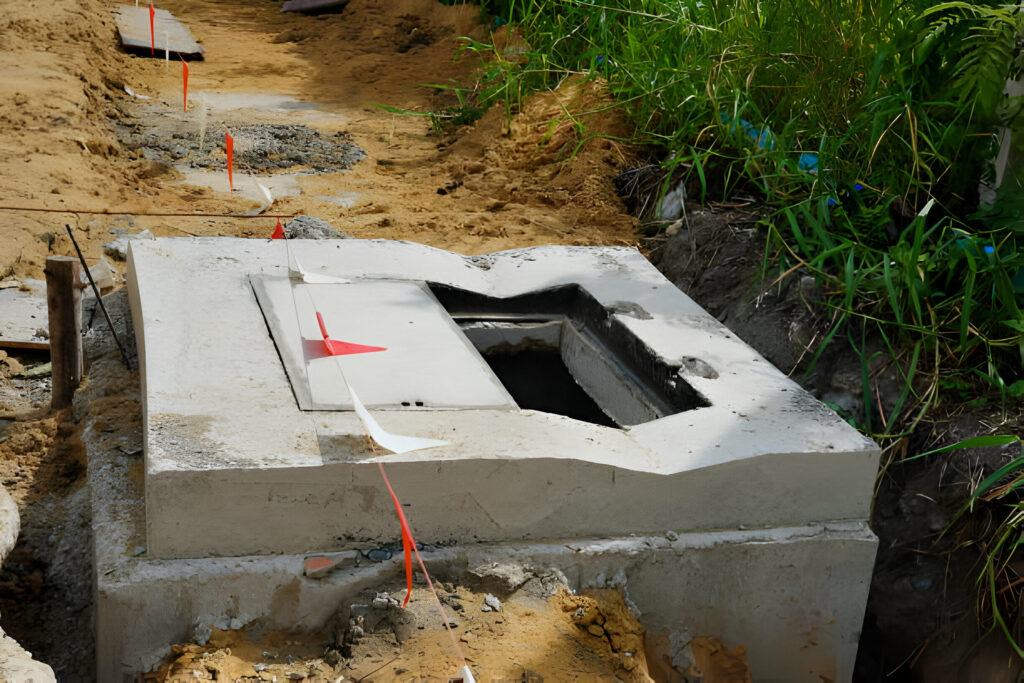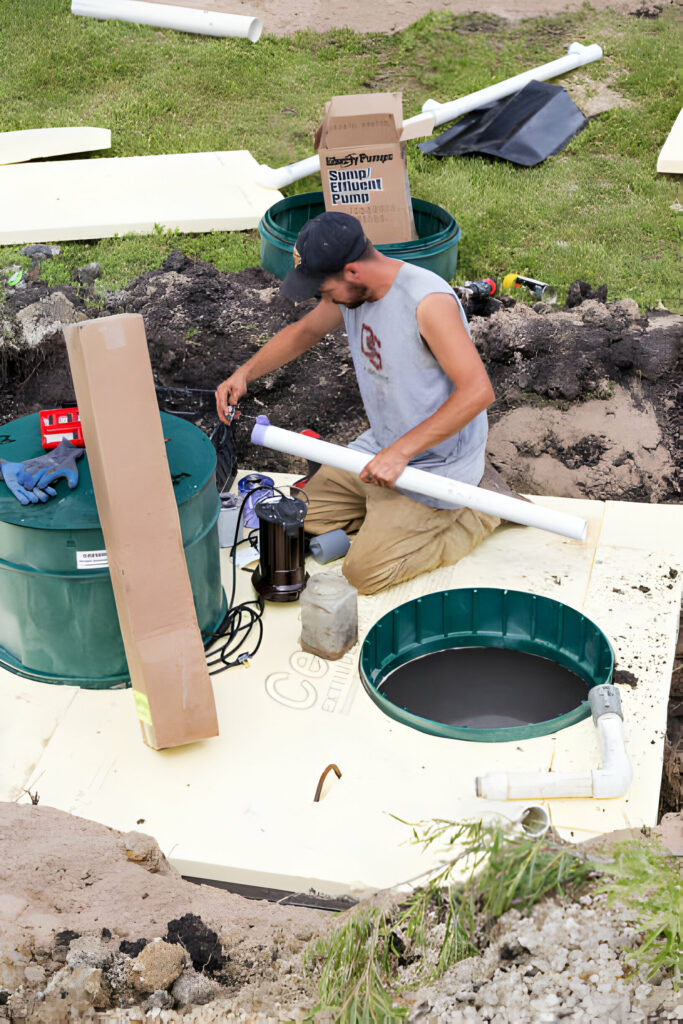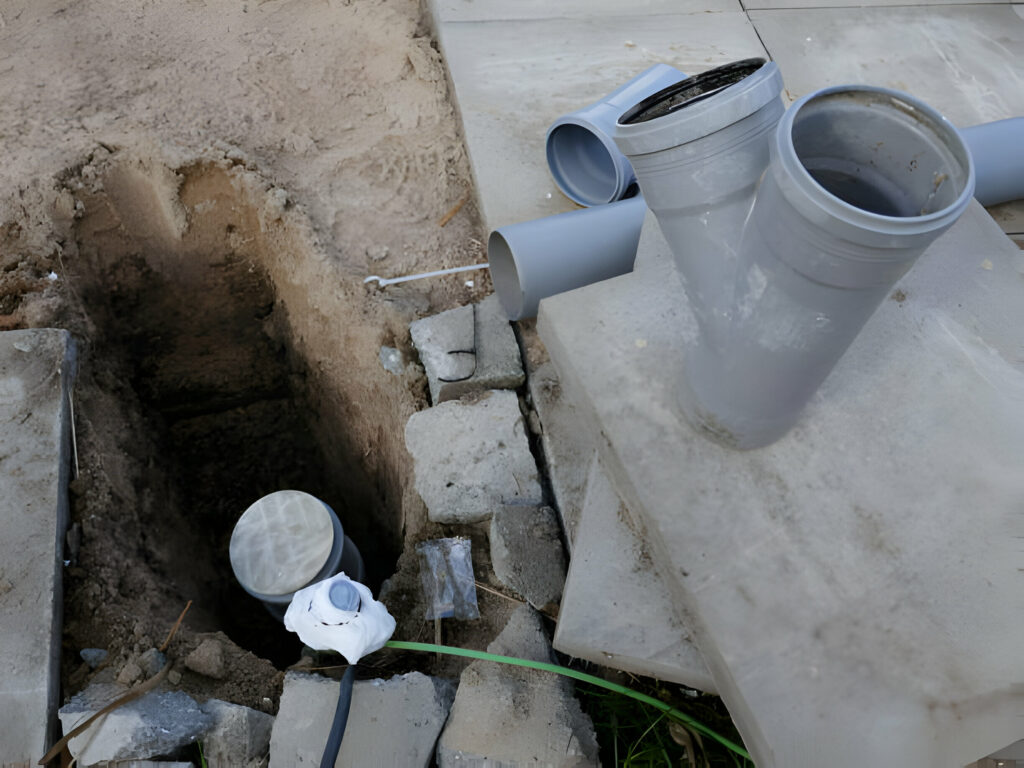
If your household lies outside municipal sewer service areas, installing an onsite septic system allows comfortable enjoyment of modern plumbing conveniences like toilets, showers and laundry equipment. However, completely new drain field setups involve considerable contracting expenses that families must budget for when evaluating home construction or replacement options.
Fortunately, homeowners can reduce total outlays greatly by understanding what key system components influence prices in their region. Let’s examine typical new septic system costs and what design choices raise or lower your final price tag.
Breaking Down Septic System Expenses

While individual quotes vary site by site, the major elements comprising installed budgets include:
Consulting & Permits
- Initial site testing & system design fees
- County permitting & final inspections
Physical Equipment
- Excavation equipment rental & topsoil handling
- Watertight septic treatment tanks
- Inlet / outlet piping & fittings
- Drain field gravel, biosand or aggregate
- Tile piping, chambers or other media
Facilities & Labor
- Debris hauling truck expenses
- Hourly wages for construction crew
Miscellaneous Costs
- System diagrams & stamped plans for permits
- Future landscaping restoration
- Final disinfection treatments
Expect contractors to charge hourly equipment operation and personnel rates during installs spanning several days. New site excavation, materiel delivery and field positioning represent substantial allocations from your total budget depending on local wages. Cost per linear trench foot is a common metric contractors use when developing overall job quotes.
Ultimately, incurred expenses mainly come down to the type, scale and site conditions a septic configuration must overcome to adequately handle estimated household wastewater volumes. The major influencers we will explore include:
- Treatment system selected
- Site terrain constraints
- Soil characteristics
- Occupancy wastewater volumes
- Zoning factors
Carefully weigh options to balance available capital against long-term functionality. Cheaper is not necessarily better when lasting performance issues can result. Get qualified opinions from multiple licensed contractors like Wetlands Pacific before finalizing installation plans.
Primary Styles of Septic Systems

Conventional Gravity-Flow Systems
Gravity wastewater migration through traditional multi-stage septic tanks linked to subsurface absorption trenches represents the most common configuration utilized. A typical three bedroom home requires around $5,000 to $10,000 worth of standard concrete tanks, distribution boxes and drain piping installed 5-6 feet underground with backfilled gravel.
If suitable drainage locations exist without limiting site factors, conventional gravity designs provide the most economical septic solutions. Homeowners must consider eventual tank pump out and field restoration costs every 20-30 years as necessary maintenance expenses.
Advanced Treatment Systems
Incorporating secondary processing units like filters, aerators, disinfection or constructed wetlands enables more thorough contaminant removal meeting stringent regulations before surface water discharge. Pre-treatment stages also reduce organic loads on downstream absorption field longevity.
Advanced configurations utilizing treatment wetlands, UV disinfection and programmable control panels range from $15,000 to $25,000.automatic functionality preserves system performance with minimal homeowner monitoring required.
Alternative Drain Field Designs
Poorly draining native soils often require trenchless drain field alternatives like insulated chamber networks, mounds, sand filters or gravel-less geo-textile systems able to overcome permeability issues. Site feasibility testing determines best options.
Alternative leach fields average $10,000 to $20,000 installed based on materiel volumes needed to construct customizable filtration architectures. Check if tax credits or cost share programs assist owners improving property wastewater capabilities.
Cluster System Options
In areas with concentrated housing but unsuitable individual site characteristics, community cluster systems consolidate treatment into shared facilities able to re-distribute effluent to dedicated owner drainage zones.
Single homeowners connecting into existing decentralized clusters only need transport pipes and local leach pits ($5,000+). Multi-user systems require apropos wastewater volumes dictate component sizing. Economies of scale apply when more properties participate.
Key Installation Cost Considerations

Site Constraints
Steep slopes, shallow bedrock, high groundwater or dense clay soils present obstacles for traditional trench designs. Specialized excavating equipment, retaining walls, imported drainage media and lift pumps help overcome site limitations but raise costs scaling to project complexity.
Seasonal Factors
Frozen winter ground requires special thawing machinery or waiting until spring for excavation tasks. Similarly, extremely wet conditions after rains or during seasonal high water tables hamper drainage installations.
Zoning Allowances
Municipal codes govern minimum acreages, property line/well setbacks and other placement logistics that dictate acceptable locations to position system components. Review restrictions thoroughly before purchase.
Occupancy Size
Expect around $1,000 more for every additional bedroom’s expected wastewater volumes to cover incremental capacity. Future expansions are also possible through modular boosts as families grow over decades of ownership.
Water Supply Sources
Homes only using well water require smaller, simpler systems than those also connecting into municipal drinking water infrastructure. Scaling usage rates determine septic sizing.
Electric & Controls
Systems incorporating pumps, alarms, timers and telemetry controls require certified electricians and extra supplies like conduit, wiring and panels. Backup power provisions guard against outages.
Effluent Processing Level
Surface discharge permits and advanced nitrogen reduction may necessitate supplementary post-filtration units. Regulators determine actual treatment standards sites must achieve before release from property boundaries.
Closing Considerations
With so many variables influencing overall costs based on site-specific conditions and family occupancy traits, obtaining professional quotes from several seasoned septic system contractors gives households the clearest budgetary expectations when embarking on new onsite installations.
Reputable septic planning experts like Wetlands Pacific accurately appraise your family’s wastewater infrastructure needs against site realities through soils analysis and usage rate estimates. Customized treatment wetlands can offset considerable drainage construction costs through phased DIY planting. And knowledgeable recommendations give homeowners confidence installed systems sustain household comforts reliably for decades while protecting fragile stream ecosystems.
Contact us today to start planning your new property’s ideal wastewater solutions!